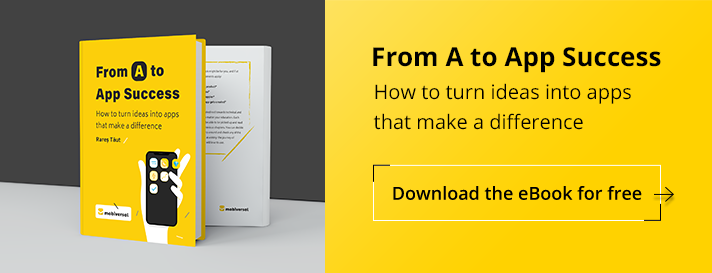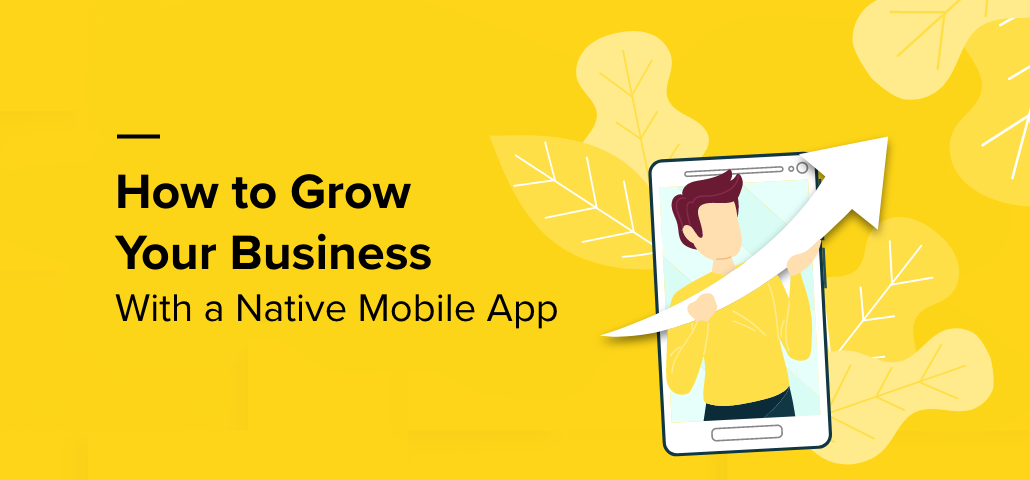3 Things Before Building an App for a Client
More and more people are getting into the business of developing apps, the market for mobile application development services, which includes things like app creation, management, distribution and extension services, will grow to $100 billion by 2015, according to a report from research2guidance.
At Mobiversal, we’ve served over 30 clients since we’ve started the agency back in 2011 and our apps have been downloaded more than 1,5 million times, so we’d like to share some advice on how to work with clients at initial stage.
Showcase your work and afterwards listen to your client – Set up a meeting with your client and take him/her through some of the apps you’ve already developed. You have to give your client a real feel of what he can expect after closing a deal with your shop.
Ask them to explain in detail their app idea, start by defining the big picture and the rough boundaries of the opportunities it presents. Some clients will tell you at this point that they want an app to run on all platforms, all type of devices. For the moment avoid asking questions that may induce any trepidation into your relationship. Cherish the silence, an active silence that tells your clients that you’re involved in what they are saying, that you’re giving all your attention into understanding their plans.
Give them your feedback – Sometimes clients come with an idea that is too broad, if you have to see a long slide-deck or takes them 10 minutes to explain the idea, they probably aren’t focused enough. If you can’t grasp quickly what they are trying to do, let them know and help them focus on the core problem they’re trying to solve.
Next, ask your client clarifying questions that will help you jump from the big picture to the little picture and help you to refine the whole idea. Help your client get rid of any bad/irrelevant ideas which may damage the yet-to-be-developed app. Most clients are open to criticism, so explain them why you feel what you feel, either there’s another company that already tried this and it didn’t work, let them know the reasons why, or the market is not ready for that and here’s why. Try to educate them about why you feel that way.
Set up milestones and draft the Statement of Work – Once you’re done with gathering the project requirements and expectations, the next big step is presenting the client with an estimate/SOW. This is actually the roadmap outlining the milestones and costs associated with the project implementation. Break down the project estimate into high-level phases and then get more granular and break each phase into tasks. Try to nail down exactly what the client wants from each feature and think of different variations a feature could be implemented, so in case your estimate is above the client’s maximum budget you’ll be able to tweak it quickly. Make sure the client understands everything that’s mentioned within this document.
If you’ve successfully went through all these stages and the client agrees on the terms in your SOW, next up is signing a contract to develop the app. Best of luck!






